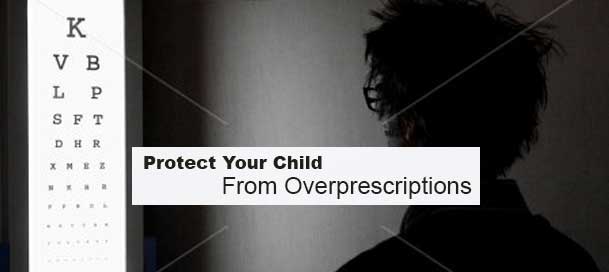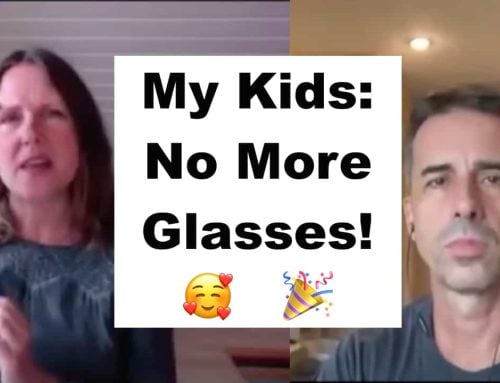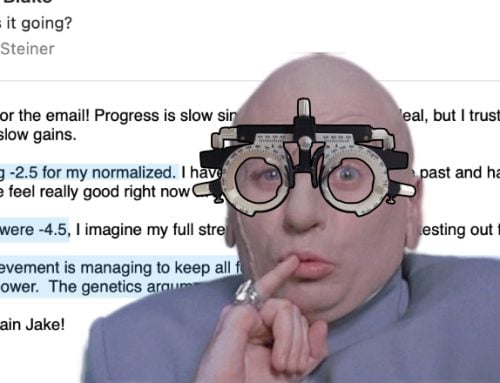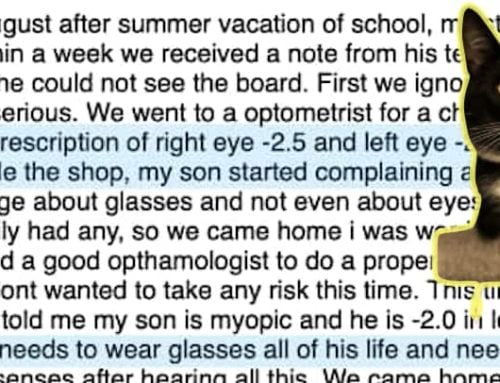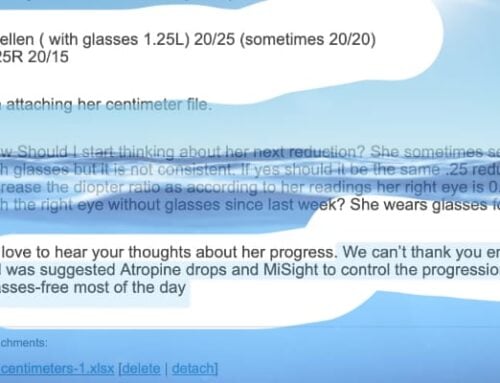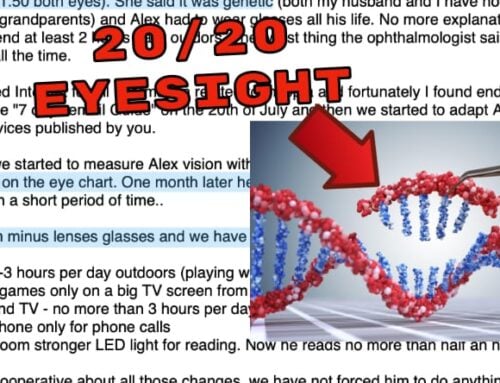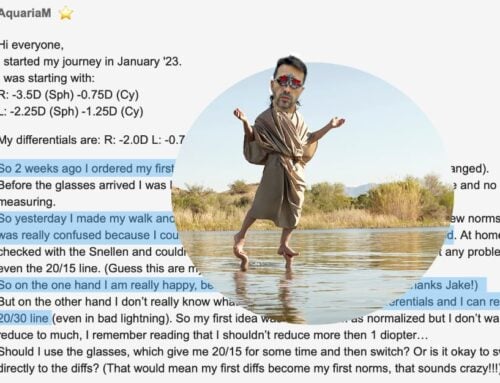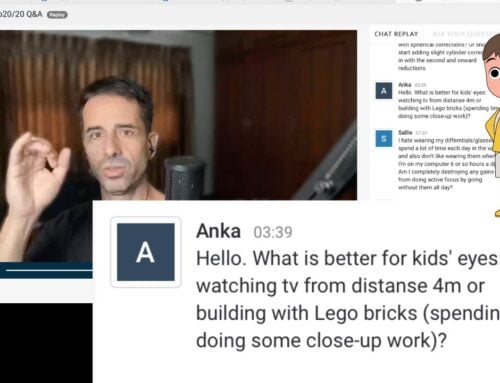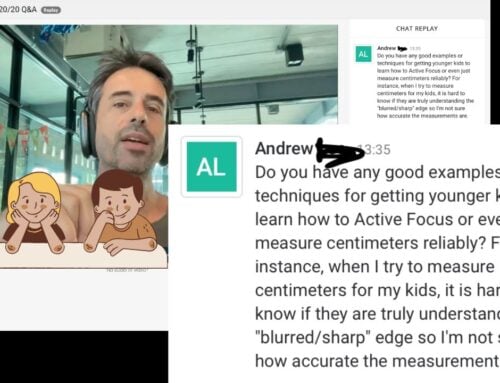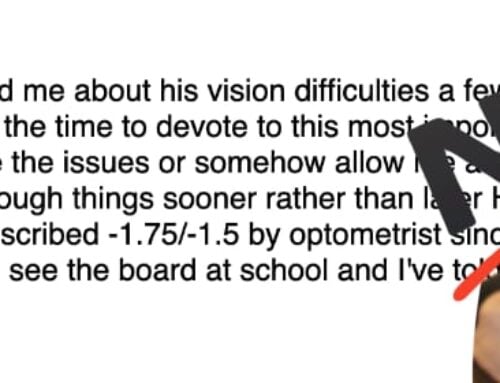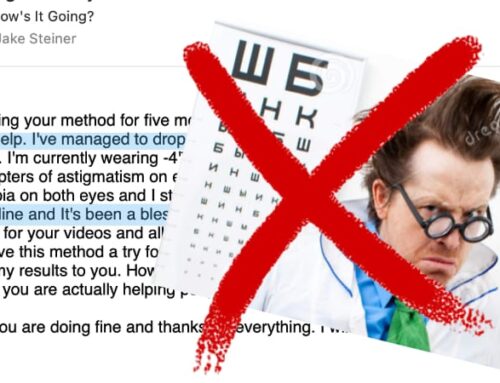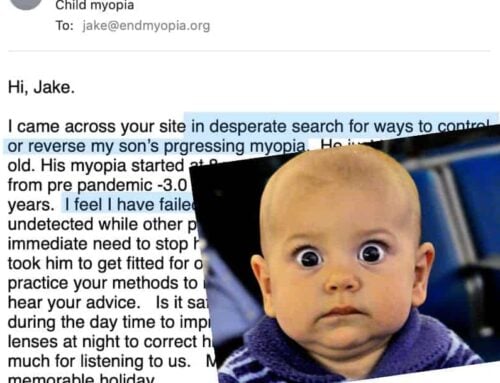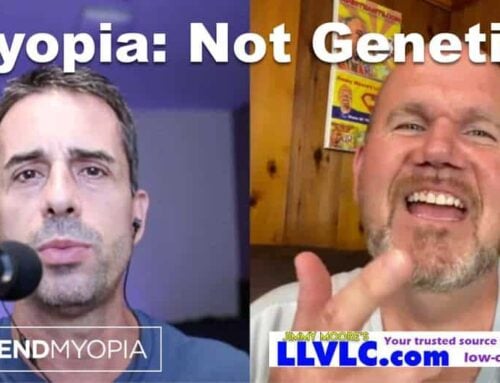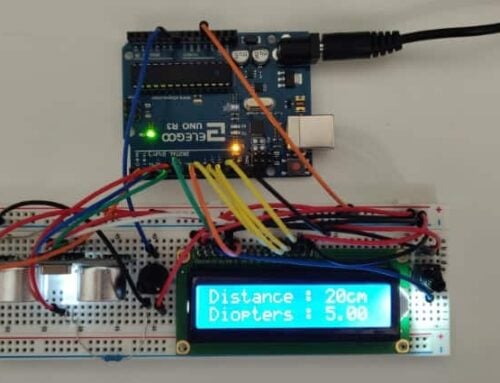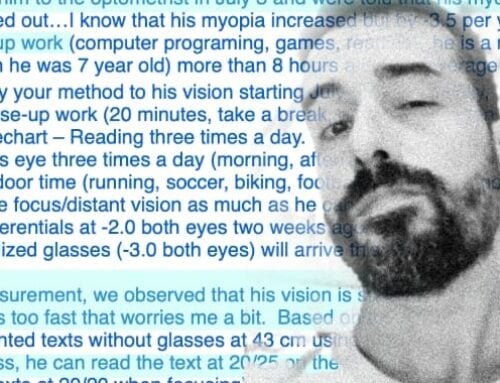The forum is becoming a increasingly good resources for blog subjects. Here is one recent topic, that fundamentally and significantly contributes to the cause of almost all myopia.
Priya asks:
Below are the vision test results for my daughter (5.5 yrs) from her school.
Mar ’12
Right -> 6/30p Left -> 6/38p
Prescription -> -1.75
Apr’13
Right ->6/30 Left 6/48
Prescription -> -1.75/2.00
At that time we had no clue on interpreting those results. But now I understand the above Snellen corresponds to 20/100 only.
However at home she is able to read 20/50 comfortably (w/o glasses from a distance of 20 ft). And 20/40 with some struggle. With glasses she is able to to read 20/30 and not 20/20.
Question:
1. Why is there such a huge variation between optometrist and home Snellen test?. I even went for a repeat test in a refraction clinic and got the same 20/100 results. Am I overlooking something here.
I bring this up frequently, but it is much better said coming from others. Why indeed, is the measurement at the optometrist, for Priya’s child, twice as bad as the one he does with his child, himself? After all, it is just a simple eye chart, and there is nothing that Priya could be doing incorrectly, to actually get a better result.
My response to Priya:
The office Snellen charts are most commonly set up entirely incorrectly:
1. If the Snellen spot lit, in an otherwise darkened room, your child’s results tend to be significantly worse.
2. If the measurement is taken after a full day of school, reading, close-up work, the child’s results will likely be notably worse.
3. Depending on the type of light used, and its UV spectrum, the child’s results may be notably worse.
Further, there is usually some pressure on the child, when doing office eye charts. Staff also tends to quickly increase prescription strength lenses while the child is in front of the chart, until there is no further improvement (!) noted by the child.
Seeing a Snellen chart in a dark room is indication enough to not use that shop as resource for prescription. Everything else just compounds the problem, for the highest possible minus lens prescription recommendation.
Here is the whole forum thread: https://endmyopia.org/myopia-forums/topic/snellen-result-interpretation
The optometrist shop is set up to determine the worst case scenario. Then, this worst case scenario is applied to the normal, every-day scenario – which, as Priya found, is about half as bad. Unfortunately though, for those parents who don’t self-measure their child’s myopia, worst case scenario now becomes the average scenario.
Which, if you read through the many other topics discussing how a child’s mild myopia becomes aggressively progressing myopia, leaves no surprise as to why our children all end up wearing significant prescription glasses.

